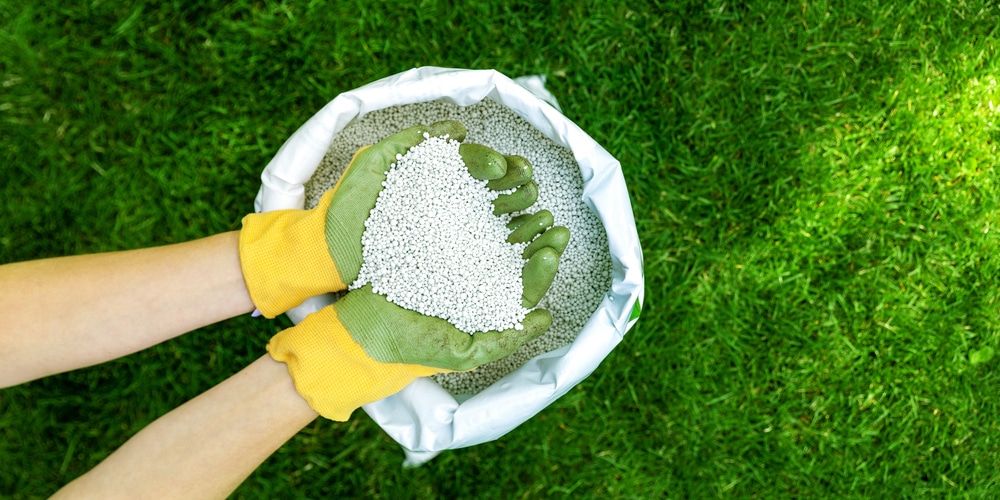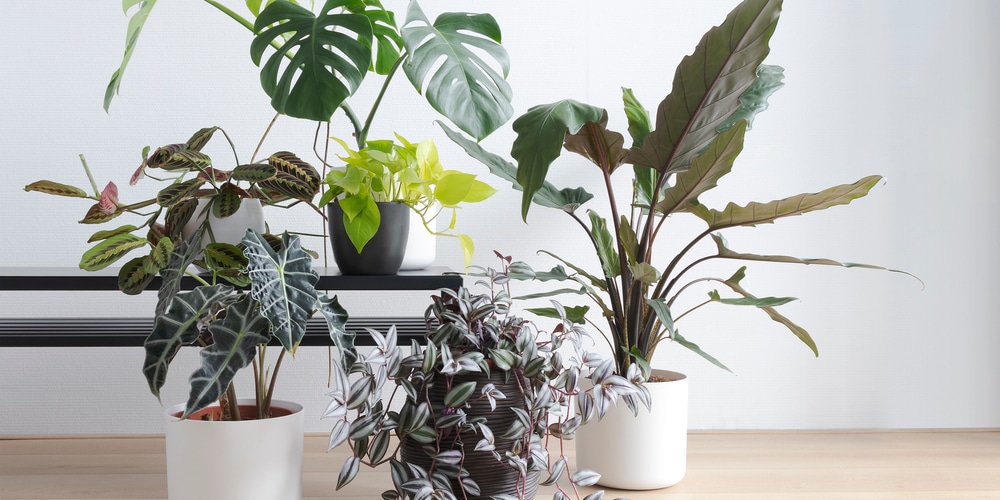If you’re like most gardeners, you want your plants to be as healthy and productive as possible. One way to help them along is by using the correct type of fertilizer. 15 30 15 fertilizer is available in a liquid or granule form and is generally used for house plants.
Indoor or balcony gardening is becoming increasingly popular in recent years, and there are several fertilizers on the market have been developed especially for indoor plants. Keep reading to learn more about the most effective use for 15 30 15 fertilizer.

What is 15 30 15 fertilizer
15 30 15 is the NPK ratio for three different kinds of nutrients. Fertilizer contains nitrogen, phosphorus, and potassium. Whether you’re searching for a fertilizer for your lawn, fruit trees, or vegetable patch, you should always consider the NPK ratio before choosing the right products for your needs.
Nitrogen (N) helps plants grow green leaves and stems. Phosphorus (P) helps plants flower and fruit. Potassium (K) helps plants grow healthy roots, resist disease, and recover from damage to the leaves.
What is 15 30 15 fertilizer used for?
15 30 15 is used as an indoor fertilizer and is suitable for use on various houseplants. Because this fertilizer is a source of nitrogen, phosphorus, and potassium, it can be used for most house plants. It’s especially useful for promoting large blooms on flowers.

How to apply 15 30 15 fertilizer
To use 15 30 15 correctly, you may like to consider the following instructions:
Read the package label to determine how much fertilizer you need to use for each plant. Shake the fertilizer package to mix the ingredients thoroughly and then mix with the correct ratio of water.
Water your house plants with a light spray of water or watering can, then water deeply and frequently until you see it running out of the bottom of the pot. If 15 30 15 fertilizer gets on your skin, wash them off with soapy water.
15 30 15 fertilizer is also available in a slow-release, granule form. It will supply feeding for months after application, and you’ll also see results quickly. Rather than burying slow-release granules in the soil, it’s best to sprinkle them at the base of your plant. Fertilizer granules can cause chemical burns to the roots if you mix them into the soil.
You should only apply fertilizer during the growing season. For most plants, this is in the spring and summer months. Regular application from the early spring through to the late fall will help your plant thrive. Most house plants can be fertilized once a month throughout the growing season. The exception to this is if you are using slow-release fertilizer, in which case one or two applications annually will be adequate.
The benefits of 15 30 15 fertilizer
15 30 15 fertilizer helps house plants grow green leaves and stems. They will look healthy and grow larger. Houseplants that produce flowers will have larger, more numerous blooms.
This type of fertilizer will also allow house plants to grow healthy roots that are deep and strong. Plants that are healthy will be more resistant to disease and recover faster from heat or environmental damage to the leaves.
15 30 15 fertilizers also contain nitrogen for greener growth. It contains phosphorus for flowering and potassium for good root health. This type of fertilizer is also straightforward to apply and gives your house plants all the nutrients they need to grow and thrive.
Conclusion
So, before buying any 15 30 15 fertilizers, make sure you know what your house plants need. Different fertilizers provide different nutrients, so read the package label carefully to determine which one is best for your garden or house plants. You can also consult with a local nursery or landscape professional to see which type of product will work well for your plant’s needs.
Always follow the instructions on the fertilizer’s label so that you can safely feed your plants and avoid chemical burn. That being said, you should also consider the needs of your plants when determining fertilization strength and frequency. For example, many tropical plant experts recommend using a standard house plant fertilizer, such as 15 30 15 at half the recommended strength for tropical house plants.